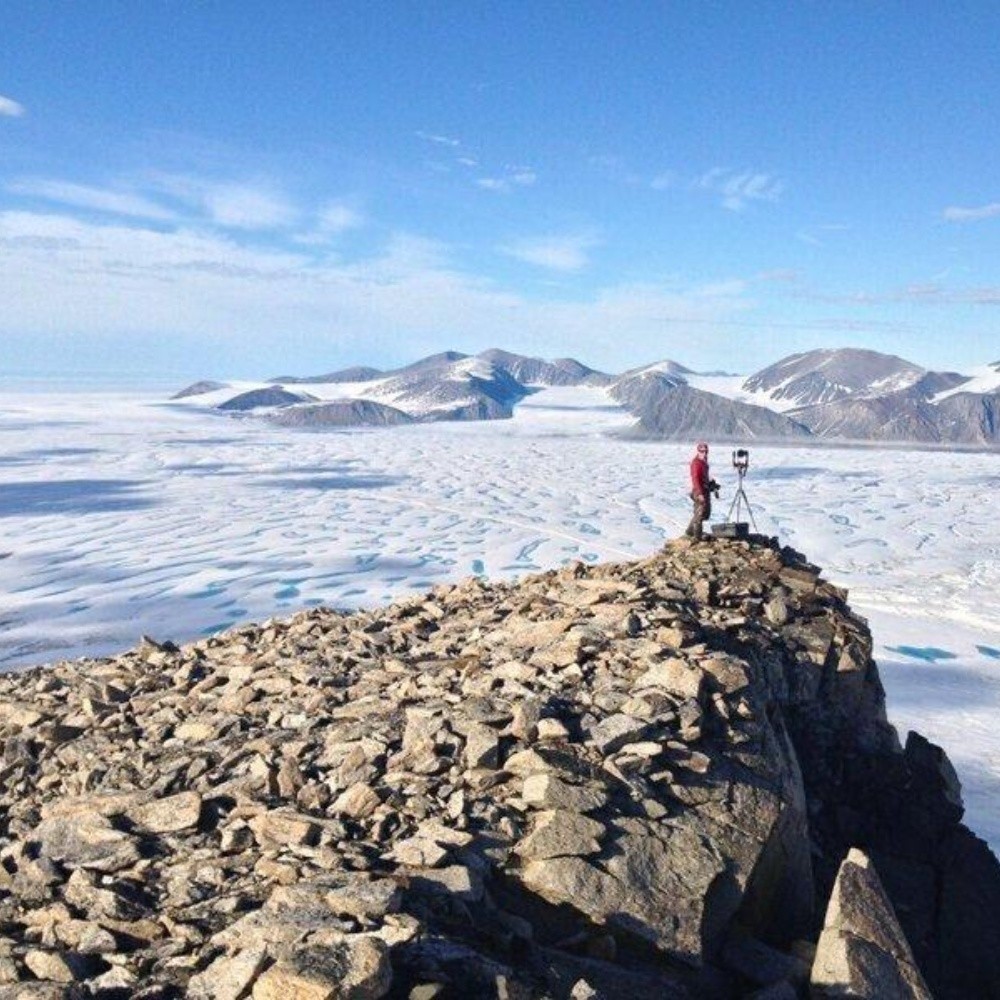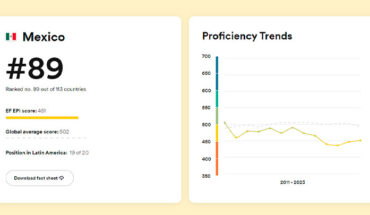
Canada.- Much of what was Canada’s last intact ice shelf has broken into huge icebergs because of high summer temperatures and global warming, scientists said. The 4,000-year-old Milne ice shelf on the northwest coast of Ellesmere Island had been Canada’s last intact shelf until the end of July, when analyst Adrienne White of the Canadian Ice Service noticed that satellite photographs showed that 43% of it had been broken. He said this happened around July 30th or 31st.
Stay informed about what matters most to you
Get the most relevant news of the day in your email
Thank you for subscribing!
Check your inbox to confirm your email and start getting the latest news
Take advantage and take the next step
Get our news alerts so you don’t miss anything
Receive notifications
Enter your e-mail
Subscribe
Subscribing implies accepting the terms and conditions
You’re already subscribed to news alerts!
Now you can set up notifications from the bell
Two giant icebergs were formed, as well as smaller ones, and have begun to drift away, White said. The largest of them is about 55 square kilometers (21 square miles) and 11.5 kilometers (7 miles) long. Both icebergs are between 70 and 80 meters thick (between 230 and 260 feet).
“That’s a gigantic block of ice,” White said. “If one of them heads towards an oil rig, there’s nothing you can do but move your oil rig.”
The ice shelf, which had a wavy white surface of 187 square kilometers (72 square miles), and ridges and channels of melted water blue, was now reduced to 106 square kilometers (41 square miles). Temperatures from May to early August in the region were 5 degrees Celsius (9 degrees Fahrenheit) higher than the average from 1980 to 2010, said Professor of Glaciology at the University of Ottawa Luke Copland. This is in addition to an Arctic that was warming up at a higher rate than the rest of the planet, and this region was heating up even faster.
“It’s certainly climate change,” said Coplan, who stressed that the ice shelf is melting up through the hot air and down the hottest water.
Ice shelfs are hundreds of thousands of years old, thicker than long-term sea ice, but they are not as large or as old as glaciers, Copland said.Canada used to have large ice platforms on the north coast of Ellesmere Island, but have been fragmented in recent decades by human-caused climate warming White said, by 2005 six ice platforms remained, but “the Milne was really the last full ice shelf,” he added. You may also be interested: High temperatures are killing the Arctic Circle, a clear sign of climate changeONU: The Covid-19 pandemic is also a danger to the environment





